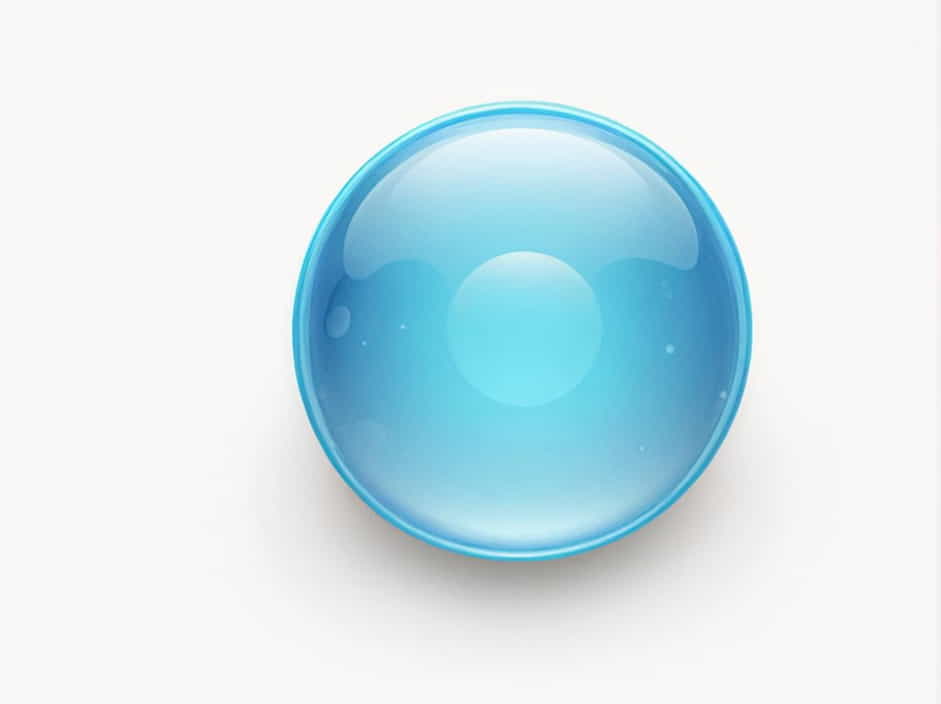Soap bubbles are fascinating structures that demonstrate fundamental principles of physics. When a bubble forms, a thin film of liquid encloses a volume of air, creating a spherical shape due to surface tension. However, the pressure inside a soap bubble is different from the pressure outside.
This difference in pressure, known as excess pressure, plays a crucial role in maintaining the bubble’s stability. Understanding the concept of excess pressure inside a soap bubble is essential in physics, particularly in fluid mechanics and surface tension studies.
In this topic, we will explore the formula for excess pressure inside a soap bubble, its derivation, and its significance in real-world applications.
What is Excess Pressure?
Excess pressure is the additional pressure inside a bubble compared to the external atmospheric pressure. This pressure difference arises due to the surface tension of the liquid film forming the bubble.
The general formula for excess pressure in a soap bubble is:
where:
- Delta P = Excess pressure inside the bubble (Pa)
- T = Surface tension of the soap film (N/m)
- r = Radius of the bubble (m)
This equation tells us that excess pressure is inversely proportional to the bubble’s radius. A smaller bubble has higher internal pressure, while a larger bubble has lower internal pressure.
Derivation of the Excess Pressure Formula
To derive the formula, let’s consider the forces acting on a soap bubble:
- Surface Tension Effect:
- A soap bubble has two surfaces (inner and outer).
- Each surface contributes to the total force due to surface tension.
- Force Balance Condition:
- The excess pressure inside the bubble must balance the force due to surface tension acting on the surface.
The force due to surface tension on a spherical soap bubble is given by:
Since pressure is force per unit area, the excess pressure is:
This result confirms that the excess pressure inside a soap bubble depends on surface tension and radius.
Comparison with a Liquid Drop and Air Bubble
It is important to distinguish between a soap bubble, a liquid drop, and an air bubble in a liquid:
- Soap Bubble: Excess pressure is ** $4T/r$ ** (two surfaces).
- Liquid Drop: Excess pressure is ** $2T/r$ ** (one surface).
- Air Bubble in Liquid: Excess pressure is also ** $2T/r$ ** (single interface).
Factors Affecting Excess Pressure in a Soap Bubble
Several factors influence the excess pressure inside a soap bubble:
1. Surface Tension
The surface tension ( T ) depends on the composition of the liquid. Adding detergents or surfactants reduces surface tension, decreasing excess pressure and allowing bubbles to last longer.
2. Bubble Radius
A smaller bubble has higher excess pressure because the pressure is inversely proportional to the radius. This is why tiny bubbles collapse faster than larger ones.
3. Temperature
Higher temperatures reduce surface tension, leading to a decrease in excess pressure. This is why soap bubbles tend to expand and burst more quickly in warm conditions.
4. External Pressure
A bubble exposed to lower external pressure (e.g., in high altitudes) will expand, while a bubble at higher external pressure (e.g., underwater) will shrink.
Real-World Applications of Excess Pressure in Soap Bubbles
1. Bubble Formation in Detergents and Soaps
Understanding excess pressure helps in designing soap solutions that produce long-lasting bubbles, which is useful in industries like cleaning products and cosmetics.
2. Medicine and Biology
- Pulmonary Surfactants: The lungs contain alveoli, tiny air sacs lined with a liquid film. Surface tension plays a role in breathing mechanics, and surfactants help reduce excess pressure to prevent lung collapse.
- Medical Imaging: Bubbles are used in contrast-enhanced ultrasound imaging to visualize blood flow in the body.
3. Engineering and Technology
- Bubble-Based Sensors: Some pressure sensors use the principle of excess pressure in bubbles to measure fluid properties.
- Microfluidics: Bubble dynamics are important in designing lab-on-a-chip devices for biochemical testing.
4. Climate and Environmental Science
- Ocean Bubbles: Bubbles in seawater help transfer gases like oxygen and carbon dioxide between the atmosphere and the ocean.
- Raindrop Formation: Tiny water droplets in clouds experience similar excess pressure effects, influencing weather patterns and precipitation.
Experimental Verification of Excess Pressure in Bubbles
Scientists and students can verify the excess pressure formula using simple experiments:
1. Measuring Bubble Pressure with a Manometer
- A soap bubble can be connected to a manometer to measure the internal pressure.
- The difference in liquid levels in the manometer gives the excess pressure inside the bubble.
2. Studying Bubble Size and Stability
- By blowing bubbles of different sizes and observing their lifetimes, one can confirm that smaller bubbles collapse faster due to higher excess pressure.
Common Misconceptions About Soap Bubbles
1. Bubbles Are Always Spherical
Bubbles naturally form spheres because this shape minimizes surface energy. However, in confined spaces, they can take non-spherical forms.
2. Bigger Bubbles Have Higher Pressure
The opposite is true. Smaller bubbles have higher excess pressure due to the inverse relationship between pressure and radius.
3. Soap Bubbles Contain Only Air
A soap bubble contains both air and water vapor. This is why bubbles sometimes change shape due to evaporation.
Key Takeaways
- Excess pressure inside a soap bubble is given by Delta P = frac{4T}{r} .
- It arises due to surface tension and is higher in smaller bubbles.
- Soap bubbles have two surfaces, doubling the effect of surface tension.
- Applications include detergents, medical imaging, environmental science, and engineering.
- Experiments can verify the relationship between pressure and bubble size.
By understanding the physics behind soap bubbles, we gain insights into many natural and technological phenomena, making this a fascinating topic in fluid mechanics and applied physics.
